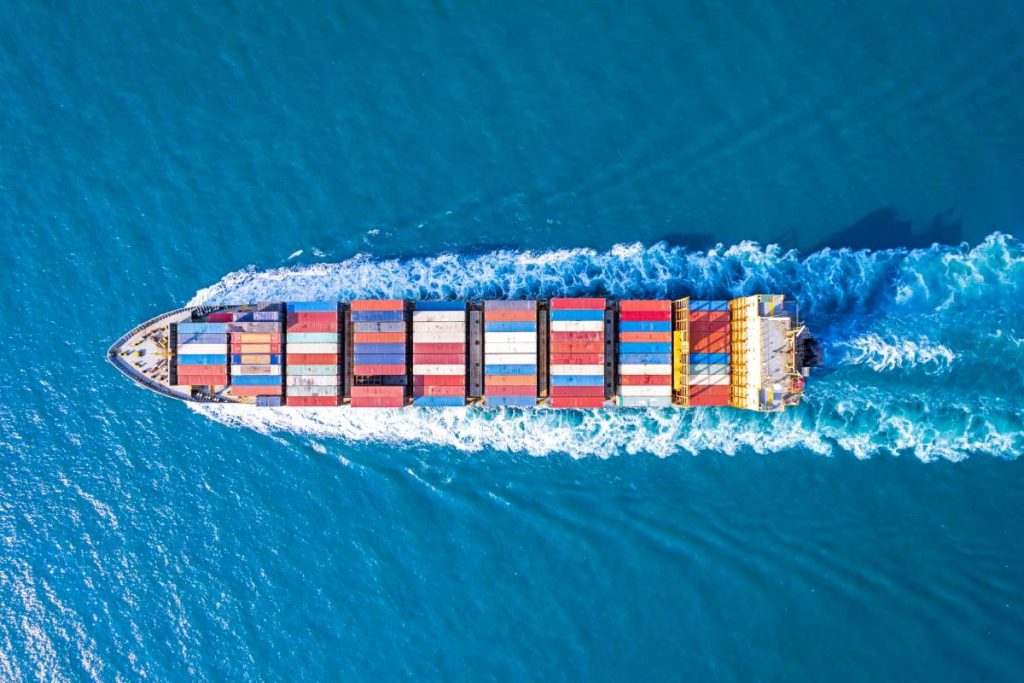The landscape for climate tech startups is constantly evolving, influenced by shifting regulatory environments and market demands. Amidst this turbulence, Brooklyn-based startup Amogy has found a promising path forward by targeting foreign markets, particularly in Asia. By harnessing innovative ammonia-to-power technology, the company has successfully secured $23 million in its latest funding round, bringing its total funding to $80 million and raising its valuation to $700 million, as reported by co-founder and CEO Seonghoon Woo in a statement to TechCrunch.
Funding Success and Market Focus
Amogy’s recent funding round was led by the Korea Development Bank and KDB Silicon Valley LLC, with contributions from BonAngels Venture Partners, JB Investment, and Pathway Investment. This strategic injection of capital highlights the growing interest in sustainable energy solutions, particularly in regions where traditional renewable resources such as solar and wind are less viable.
In countries like Japan and South Korea, where high-quality solar, wind, and geothermal resources are scarce, the demand for innovative power solutions is rising. Woo emphasized this need, explaining that these nations aren’t optimally positioned to expand nuclear power capabilities either. As a result, Amogy has identified these markets as ripe for its ammonia-based technology, which offers a unique solution to their energy challenges.
Potential of Ammonia as a Fuel Source
Ammonia is commonly recognized as a key ingredient in fertilizers, but its potential as a hydrogen carrier is gaining traction in power generation. Traditional hydrogen transport is fraught with challenges due to its flammable nature and tendency to leak; however, ammonia provides a safer alternative. In a bid to reduce carbon emissions, countries in Asia have begun integrating ammonia into their existing fossil fuel power plants, substituting coal with ammonia as a cleaner source of energy.
Shipping companies are also following suit, as the International Maritime Organization (IMO) is poised to impose a carbon tax on maritime shipping starting in 2027. This regulatory pressure is fostering a shift away from diesel fuels in favor of ammonia, creating a burgeoning market for Amogy’s technology.
While burning ammonia alongside fossil fuels can effectively reduce emissions, complete decarbonization remains a challenge under this model. Amogy’s approach aims to overcome this barrier by creating a method to fully replace fossil fuels using ammonia. The process involves extracting three hydrogen atoms from each nitrogen atom in ammonia, subsequently delivering this hydrogen to a fuel cell to generate electricity and water vapor, with nitrogen released harmlessly into the atmosphere.
Innovative Applications and Future Plans
Amogy has already tested its ammonia-powered technology on a tugboat and is working toward deploying a commercial-scale system on maritime vessels within the next couple of years. The company is also developing a power plant designed to cater to terrestrial customers, including data centers, with plans for operation to commence shortly.
The initial power generation systems will operate at a capacity of 500 kilowatts to one megawatt. Customers will have the option to deploy multiple units in parallel to generate larger amounts of power, an attractive feature for industries seeking sustainable energy solutions.
As Japan and South Korea advance their ammonia infrastructure, Amogy’s timing for expansion could not be better. By the end of the decade, these countries are projected to incorporate a percentage of ammonia into their coal power plant operations. Initially, ammonia supply will likely stem from regions like the U.S. and the Middle East, where cost-effective hydrogen extraction from natural gas is prevalent. These Asian markets are also establishing standards regulating the carbon emissions associated with ammonia production. Such regulations may compel producers to implement carbon capture technologies to meet the specifications required for export.
Looking ahead, Woo expressed optimism regarding the transition to green hydrogen sources for ammonia production. “Asian countries see ammonia as the next LNG, but without the carbon,” he stated, reflecting a vision where hydrogen production methods evolve to further support a sustainable energy market.
Global Impact and Industry Outlook
Amogy’s innovations are particularly significant in light of the ongoing global efforts to reduce greenhouse gas emissions and combat climate change. As nations strive to meet their commitments under the Paris Agreement, advancements in ammonia-based energy solutions could play a crucial role in shaping a sustainable energy future. The shift toward ammonia not only addresses immediate energy needs but aligns with the broader objective of achieving net-zero emissions over the coming decades.
With growing investment and interest from both governmental and private sectors, Amogy stands at the forefront of this transformative period in energy technology. The company’s strategic focus on international markets will likely foster continued growth as it seeks to capitalize on the surging demand for cleaner energy solutions.
As countries refine their energy infrastructures and regulatory frameworks surrounding ammonia production evolve, Amogy’s ability to adapt and innovate will be essential for its long-term success in the competitive landscape of climate technology.
For further information about Amogy’s technology and growth plans, you can visit their official website or refer to their latest updates on funding and projects.

